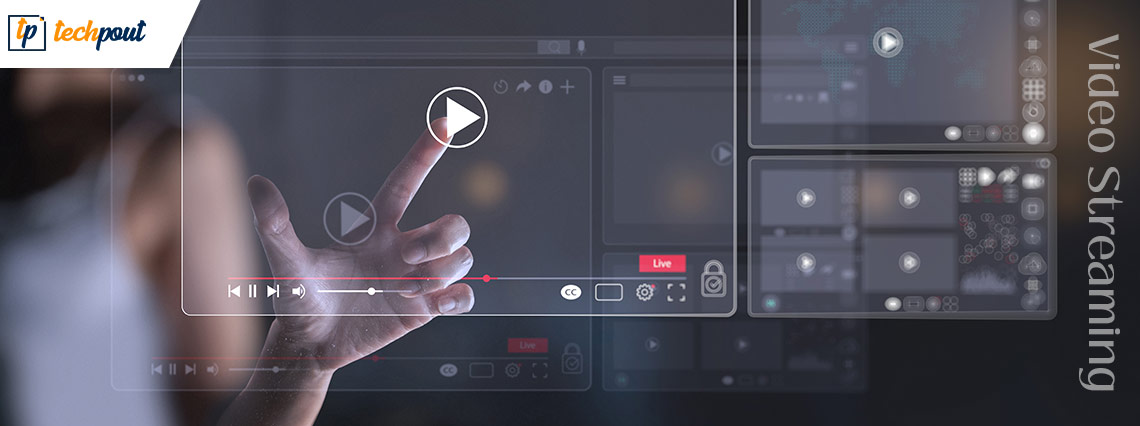How Video Streaming Has Changed the Way People Receive News and Information

For many millennials, streaming video content to a device is commonplace and has been for some time. A generation of viewers won’t know any different, but for people of a certain age, the way in which we receive information has changed forever.
748 million Indians own a smartphone and, therefore, can stream content, be it for entertainment or to receive news and information. The on-demand video market is worth over $11bn (₹896bn), and there is a much higher value on being able to stream information to a user that cannot be quantified in dollars or rupees.
The ability to reach millions of people quickly is one way that video streaming is changing the world. In the past, something such as a major news conference would be on TV and then quickly followed up by reputable news channels, maybe even shown on the hour, every hour. Now, information is available at all hours of the day and night, along with the reaction to it. That is both a positive and a negative, as it is making the spread of misinformation just as easy for those wanting to influence people.
Also Read: Best Free Sports Streaming Sites
Fake news is one dangerous element to the way the new world digests its content. The spread of misinformation can lead to social situations escalating based on lies. Many would imagine that didn’t use to happen in the days of traditional media, but in truth, it did, but there was just no alternative. The difference is in the world of streaming, there are sites and resources that help debunk fake news, so whilst the accessibility of streaming has exasperated the problems, technology is also now able to combat it. When traditional media either repeat lies they were fed or, in some countries, deliberately broadcast them, there was no resource for disproving what they claimed.
Whilst video streaming should be leaving the world better informed, with a wider choice of opinions and topics, it also opens the door for malevolent practices and underhand tactics, certainly at key times such as over elections. However, people with a strong message can find a way of getting it out there. The situation is much the same in other parts of the world. A post by Gala Bingo explains how documentaries and news programs are the most popular types of TV in the UK, both of which have been severely impacted by video streaming. Documentaries can now easily be found on streaming services such as Netflix, which offers a far more flexible approach to viewing.
That means that information is now more readily available, and where a trip to a library used to be required for learning, there are good resources available at the touch of a keypad. Again, documentaries are told from one perspective, which often means they can be weighed in a person’s favour, certainly telling the story the filmmaker wants you to see, but at the same time, you can get multiple programs on the same subject. For sports fans, as an example, there is more behind-the-scenes footage you can stream today than there ever has been before. Streaming is also revolutionizing how we watch sports. For example, soccer fans in India can watch premier league games on their phones as they happen. The Athletic explains how certain laws in Europe mean a 3pm (BST) kick-off can’t be broadcast locally, but you can stream it in India. That’s also led to people exploiting VPNs to access matches, another byproduct of the new streaming culture.
News is similar to sports in that streaming allows it to be delivered instantly. It’s very rare that a news item breaks and the general public views it on a program at a set hour anymore. The former British Prime Minister Boris Johnson is a good example of how streaming is changing the face of news delivery. His 2020 pandemic address quickly became one of the top ten most-watched programs of all time in the United Kingdom, with 27.1m tuning in to watch it both on television and through streaming services like Amazon Prime. That made it more popular than most major sporting events, but the viewership was able to grow thanks to it being available at all hours of the day and night.
Also Read: Best Live Cricket Streaming Apps
Across the world, live streaming portals such as Facebook Live also allow users to reach huge numbers of people very quickly. Facebook is actively pushing live content with far more interaction on live posts than standard posts. That’s helping to make instant news and information readily accessible, almost bringing us to a point where all news is now delivered in real-time, and what we used to think of as ‘the news’ is now nothing more than reaction and opinion.


